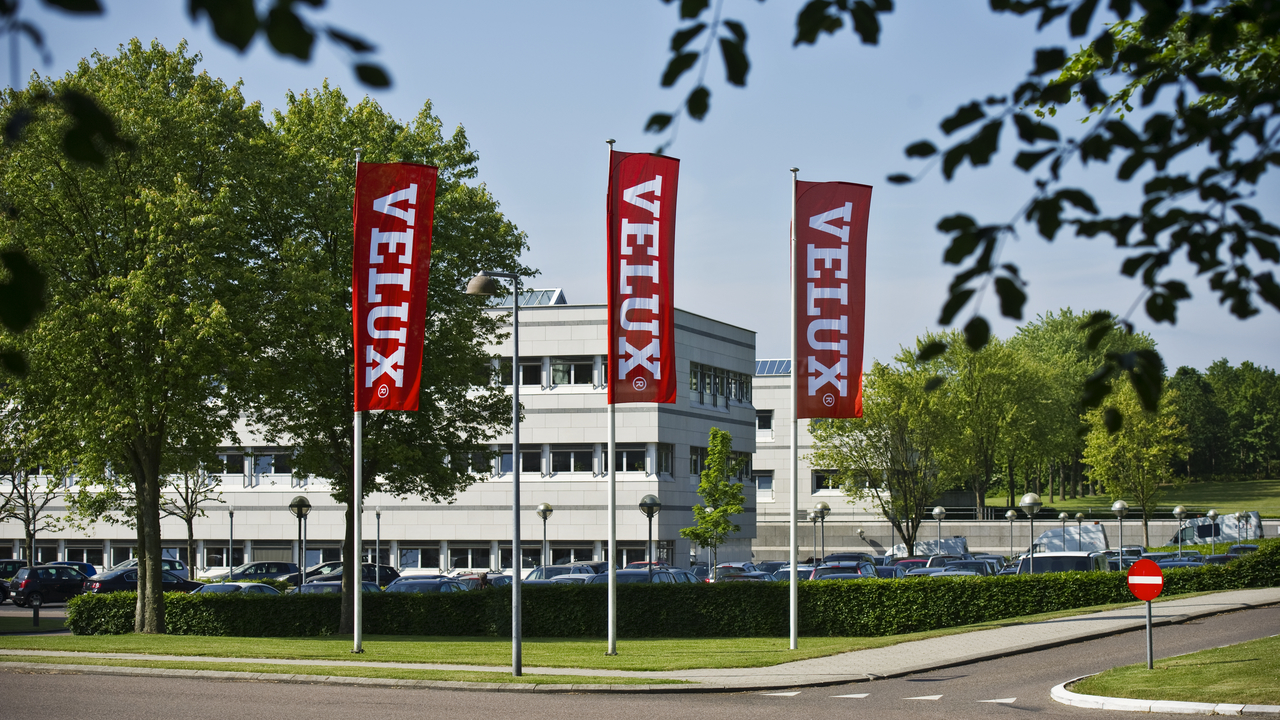

Hailing from Denmark, VELUX, a global provider of construction variants, has signed an agreement with Hydro to reach a level below 2.0 kg of carbon emitted per kilogram of aluminium by 2030. This partnership will focus on the whole aluminium value chain, particularly on the extruded aluminium components Hydro supplies to Velux.

As the manufacturer claims, by the end of 2022, this conglomeration would help Velux recede almost 15,000-20,000 tonnes of carbon from its aluminium profiles, where in the beginning, 94 per cent of its carbon footprint emerged from raw materials used in making the products.
The roof window and skylights maker, Velux's Executive Vice President responsible for Products & Innovation, Tina Mayn, illustrated: "With buildings accounting for almost 40 per cent of CO2 emissions, it is crucial the materials that go into them become more sustainable. With this move to include low-carbon aluminium in our products, we are taking a step closer to achieving the VELUX Group's most challenging sustainability target - to reduce our scope 3 emissions by 50 per cent by 2030."
With the untamed usage of Hydro REDUXA and Hydro CIRCAL, the company is on a journey to reduce the carbon emissions per kilo of aluminium applied in producing VELUX roof windows, flat-roof windows and auxiliary items (blinds and shutters).
The Executive Vice President responsible for the Hydro Extrusions business area, Paul Warton, explained: "Hydro REDUXA and Hydro CIRCAL are designed to help our customers reach their sustainability goals. Consumers and end users of crucial building components like windows will become even more climate-conscious in the future. In that way, Hydro and VELUX are taking responsibility throughout the entire value chain. We are pleased about the deepened collaboration and looking forward to future progress."
Hydro CIRCAL comprises a minimum of 75 per cent recycled, post-consumer aluminium scrap, while Hydro REDUXA is generated using renewable energy resources like wind, water and solar. Hydro also uses hyper-efficient electrolysis technology for REDUXA, which emits 4.0 kg CO2 per kilo of aluminium, whereas Hydro CIRCAL emits 2.3 kg CO2 per kilo of aluminium.
Head of Technology for Hydro Aluminium Metal Commercial, Stig Tjøtta quoted: "By 2030, we expect to be able to deliver Hydro REDUXA with a footprint below 2 kg CO2e per kg of aluminium produced, including the entire value chain of aluminium. We are also looking to reduce the product footprint to zero for Hydro CIRCAL by replacing natural gas with renewable energy in the form of electricity, biogas or green hydrogen for the casthouse furnaces."
On that note, the 80 years old company has joined hands with Hydro to further ostracise carbon emissions from its extruded aluminium profile. Hydro will activate the self-ideology of zero-emission aluminium production, for which it has mended a sustainable roadmap.



Responses






